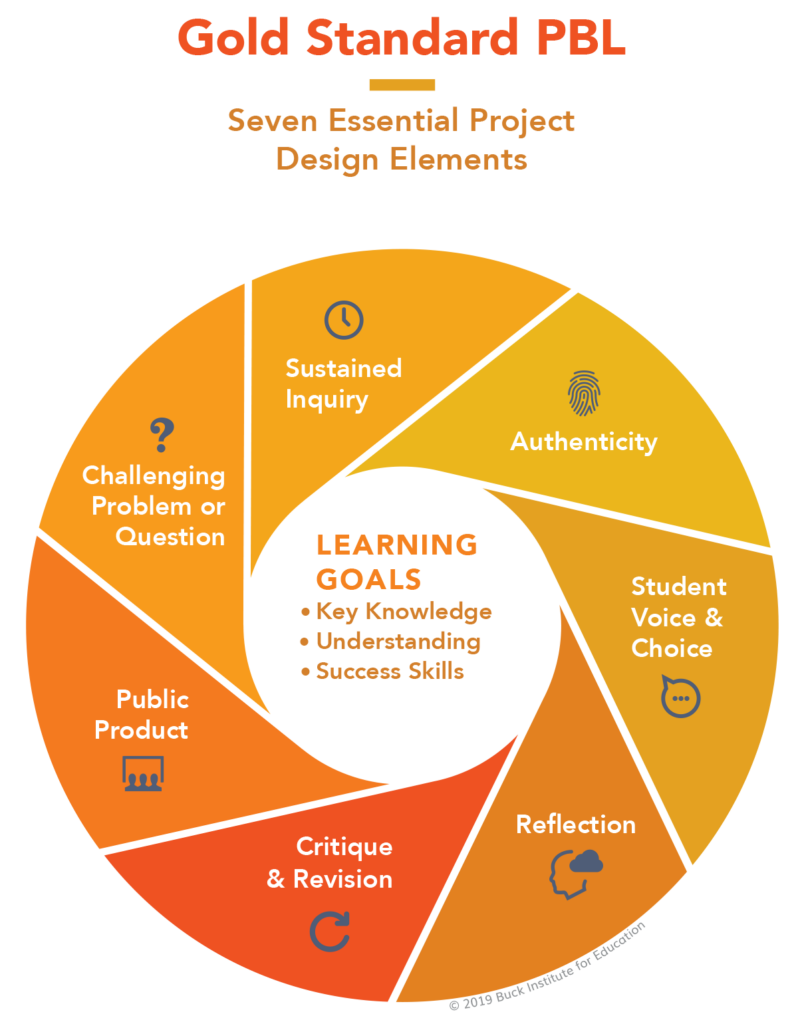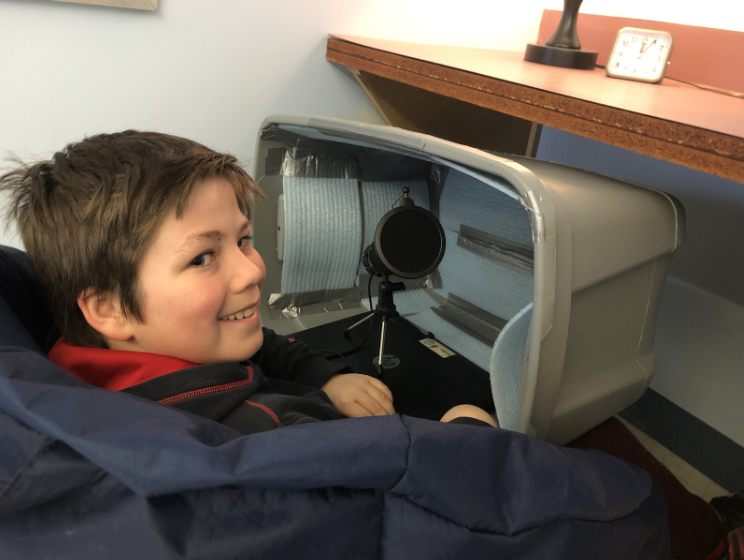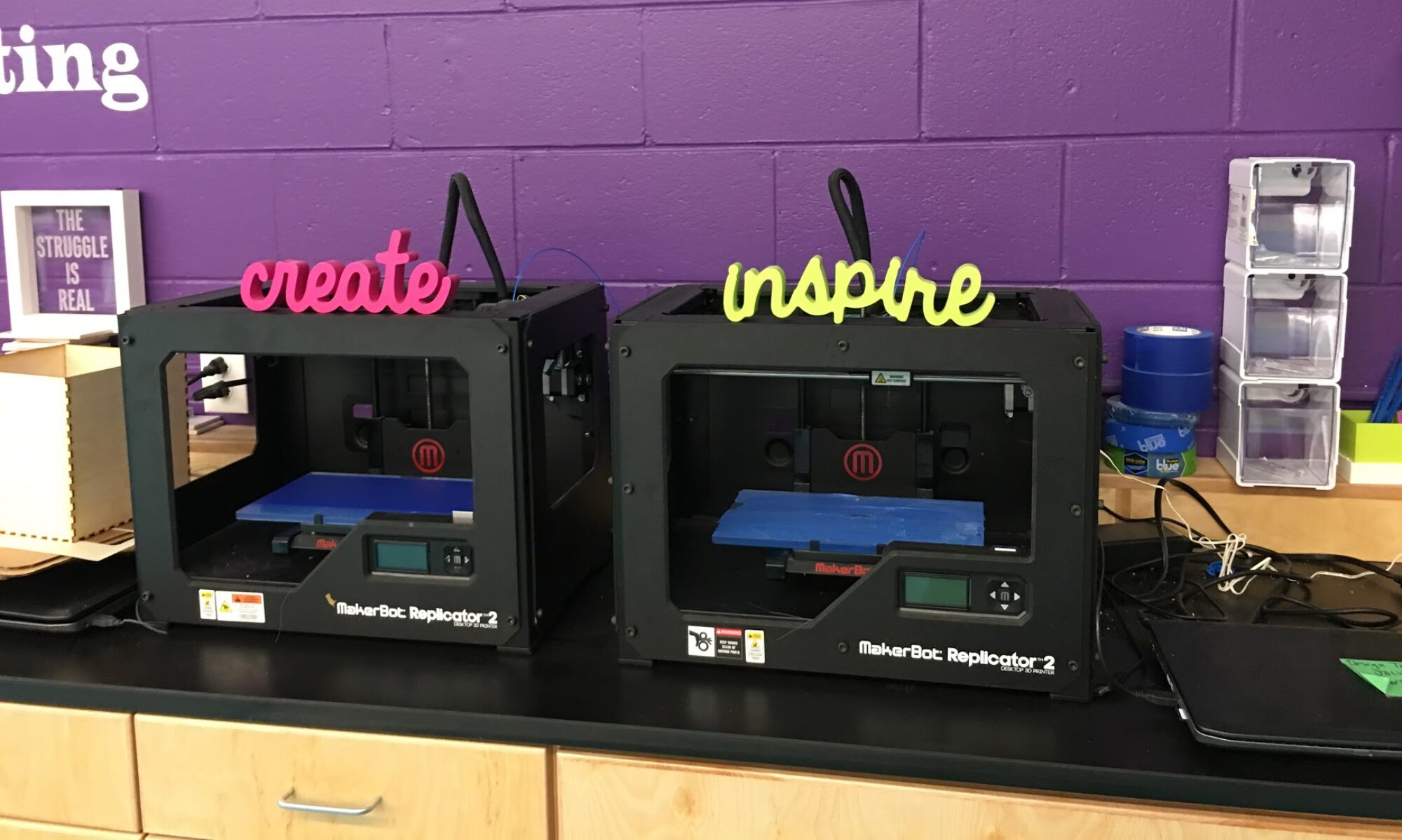As an instructional coach, I want to push myself on the fact that I rarely take the time to celebrate “bright spots”. I’m definitely the type that can find a flaw in the midst of the brightest 10 carat diamond and once I see it my eyes and attention are stuck. So this post is all about celebration!
And at it’s core is a project that we built from the ground up. In collaboration with our CCS 5th grade humanities teacher extraordinaire Katie Fraser.
As an instructional coach, one of my favorite ways to open a conversation with a teacher is….
Asking them to describe that project that just feels “blah.” I’m not looking to hear about that epic terrible failure. We all have those in our past. If you don’t just ask and I have more than enough to share a few. Usually we are smart enough to just throw them away and pretend that painful experience never happened. No! I’m looking for those projects that hit our main objectives. Produce meaningful products, but just as quickly fade into the memory.
When Katie Fraser, 5th grade humanities teacher at Charlotte Central School, and I began talking about working together on something earlier this year. She pretty quickly identified her USA states unit as falling on that list. In the past, kids had picked a state. Done some in-depth research on it and then produced either a slide show or a poster. That was shared with the class. In her mind it worked — but wasn’t anything that generated a ton of excitement. Or produced outcomes that kids wanted to share with each other or anyone else. It was what I like to call a dumpster project. Because that was inevitably where those projects ended up when all was said and done.
What could we do differently?

So we decided to see what we could do with the states unit.
We began by identifying the core skills that Katie hoped students would practice and demonstrate throughout the project. Following the work that Buck Institute has identified as critical about being sure to keep those key content and skills elements at the center of our thinking. She was really much more interested in the research skills. As well as the close reading of non-fiction literature. Being able to take notes from multiple sources and synthesize into a core message than any specific content facts from any specific state. Katie also identified the need for her students to be able to practice their speaking fluency. And being intentional about their word choice as other core skills. These skills are summarized in the three learning targets below. Which became the basis for any performance assessment we could develop.
Our learning targets
Research Notes
| I list or bullet facts as my notes that relate to my general topic. | Now I list or bullet facts as my notes that relate to the specific topic or to my research question. | I can organize my notes within categories or subtopics that connect to my purpose or research question. | I can make sense of my notes by making connections between categories and developing further questions. |
Word Choice
| My word choices help me explain my ideas. | Now my word choices are relevant and accurate. | My word choices are intentional, precise and varied. | My word choices elicit an emotional response or convey my purpose. |
Speaking and Presenting Target
| I can speak or present to others. | Now I can speak or present using some of the following: adequate volume, articulation, pace, and body language. | I can speak or present fluently using adequate volume, articulation, and style. | I can speak or present clearly and concisely while choosing a style appropriate to purpose, audience, and task. |
Maybe podcasting is the ticket (pun intended)?
We both are avid podcast listeners. Katie’s preferred podcast is Brave Little State from Vermont NPR. Mine is Houston We Have a Problem, from NASA’s Johnson Space Center. So it didn’t take long to recognize that having students create podcasts about a state might be an engaging way for them to practice these skills.
One difficulty with front of the classroom presentations is that it is difficult to get students to actually practice. To think specifically about their word choice and listen to themselves time and time again. In order to identify challenges they might have with volume, articulation or style. More often than not these presentations are semi-improvisational. Although, also a skill and something that we want students to be able to do. Not the target that Katie was hoping to focus on.
In working with older students on video projects, I also have found it difficult to get them to focus on the narration. When working with programs like WeVideo or IMovie they tend to get so focused on the visual imagery that the message is almost an afterthought. It seemed logical that perhaps removing that element completely and focusing simply on voice and message through a podcast might be a strategy to address this.
So podcast it was and our Takin’ A Ride with Alpha 5 podcast project was born.
But what was the framing that would allow this to feel authentic in a way that centered around a genuine problem or question?
We decided to partner students and imagine that they have been hired by a state’s tourism office.
In order to create a podcast that would encourage families to consider a visit to that state this summer. Katie is friends with a professional videographer who created this promotional video called Color Rush for the State of Vermont. It’s strictly images and a soundtrack. And Katie developed a really effective strategy to introduce podcasting by having the Alpha 5 class work together creating a voicetrack that could stand alone to communicate the same message that they thought the creator intended from the piece and also used the soundtrack Escape by Singles to learn to balance the music and voice.
Here is an example of that script Vermont Podcast Script as well as what it sounded like once we played with it Vermont Podcast . This became our very first state podcast — and allowed us to have everyone practice, compare and learn from an identical piece. As a formative assessment of both our ability to technically create a podcast as well as fluently read a script it worked brilliantly. By the end of the week playing with this piece students had the background and understanding to dive right into making a piece of their own.
What’s your top 3?
Each group was given their choice of what state they wished to research, asking them to identify their top 3. This allowed us to end up with 23 different podcasts from various states.

We listened to some existing promotional state podcasts, primarily radio ads, and identified elements that they liked and didn’t like about each. Katie created a graphic organizer that they used to organize their research and build the background they needed for their podcasts and then we let them get to work. We gave the group a total of about two hours to get going on their research. Then many of them were ready to actually begin recording. For a practice round we had them record a version using Seesaw.
This is a simple Chromebook platform that our district uses for collecting student work into a digital portfolio that can be shared with peers and parents. We chose to use this since the students were already familiar with recording using the programs audio recording capability and by using a project it also allows these to be shared with the teacher in a simple, organized fashion. Much like they would be using Google classroom or any other LMS.
It’s hard to hear your own voice
Our goal here was to get students beyond the struggle of hearing their voice. To get them engaged in practicing their fluency. We knew that once we added the bells and whistles of Soundtrap that the focus would shift from fluency to background music, sound effects, cutting / splicing. But since Seesaw doesn’t have any of these bells and whistles they simple had to work through recording their script multiple times. Until they had a version they were satisfied with. For most groups this took about one period. But the review process really moved both their reading and their scripts up a significant notch. So we were really pleased with the outcome of this step.
Once we had a few groups with fairly fluent readings of their scripts submitted on Seesaw, we introduced our podcasting platform Soundtrap. We chose it owing to the simplicity of the platform. The wealth of available creative commons music tracks and sound effects, and it’s stability in working on Chromebooks. At the end of the project WeVideo released a new function that allows a user to download an audio only project. This may work just as well in the future, since we use WeVideo with our older classes as the primary platform for video editing. This will definitely be a switch we will consider for next year since we have district licenses for it and currently don’t for Soundtrap.
Noisy classroom? No problem.

We also learned another great technique for recording audio: the podbox. These are large plastic bins lined with foam that work incredibly well for isolating sound in a not so quiet classroom. We found that with an external USB microphone placed inside that the majority of our groups were able to get high quality sound in the corner of a fairly typical middle school classroom. Even though we’re not sure special microphones really created any noticeably better sound quality, we also found that Alpha 5 students loved using the Tonor microphones we picked up on Amazon for about twenty bucks apiece. They were plug-and-play on our Chromebooks and have been in constant use for projects
Authentic audience always helps
The Alpha 5 class was very aware that they were building these for a much larger audience than just their teacher. In fact we even forecast this blogpost (hi!), as well as being part of a family celebration where parents would be able to walk through the classroom and listen to everyone’s creations live. We also created our Thinglink page. A wonderful compilation of links on a USA map and share that connection through our school’s social media pages on Facebook, Twitter and Instagram.
Knowing that having an authentic audience for student work is both a critical element of project based learning as well as a great motivator for student engagement. This was well known element of the project since it was introduced.
This element was the driver behind several great class-generated discussions. Including one where they decided that it was important that they create some sort of common introduction. So that listeners would be able to hear the connectedness of their overall classwork. It was out of this discussion that the project title came to be Takin’ A Ride with Alpha 5. And as you listen to the posts you will find that it truly does add an element of each one being a unique creation that adds to an overall collaboration. Each student also created a google slide that was downloaded as a jpg. Which serves as the “cover art” visual on the Thinglink page. And gives credit to the creators as well as any artists whose music they used in the production.
Podcasting for speaking fluency #winning
Both Katie and I loved the outcome of this project.
From my perspective as an instructional coach and digital learning leader it was an opportunity. An opportunity to connect in a meaningful, positive way with a teacher and her students in introducing a meaningful use of new technology that really enhanced their learning and engagement. As I talked with Katie she was most impressed by how well it hit the targets of word choice and speaking fluency. As the Alpha 5 students worked through their scripts they were often super intentional about word choice. Struggling with each other to assure that their words were clear in both enunciation as well as meaning. It also was fun to see just how excited and proud they were of their final products. For days afterward we would find students just sitting and listening to their work. In sum – mission accomplished with this one.
So what’s my Learning Lab VT take-away?
As I look back on the real origins of this project it was about a full year in the making.
Katie and I started out talking about collaborating around a project on the First Amendment and Free Speech. Looking at how the rise of social media is really pushing the boundaries of that grey area. Within which it’s tough to determine whether something is offensive and should be banned or just uncomfortable but protected free speech. We even met with RETN early on to see if we could develop a collaboration. Using their podcasting and equipment expertise but in the end it just never developed. Katie ended up following a 3C’s curriculum. That was really successful! And we continued to talk about where our podcasting idea might fit in and eventually settled on the States unit.
My take-away from this is patience. Something I am not blessed with an incredible amount of.
This project was a success because Katie was so invested! And able to take the lead in terms of knowing how best to scaffold, to pace and without that it would have been a dismal failure for sure. It added stress to both of our lives. But in the end it was that right amount of stress. Where we feel just slightly out of control rather than riding our a hurricane.
Collaboration is key
I have a couple projects that are more hurricane like right now. And as I analyze them the commonality is that I’m working through them primarily alone. They are much less of a partnership with the teacher than something that the teacher is allowing me to do in their classroom. In these cases I dove in knowing that I was going carry the weight. But was really excited about the possibilities.
They will be some good outcomes but the challenge is sustainability. By allowing the situation to develop where these teachers are spectators more than participant partners its highly unlikely that they are going to come knocking on the door next year asking “when are we going to do that unit again” or even better “can you help me get that tech set up for this project again?”
These projects will happen if I can again make myself completely available to carry the weight – and that will be at the expense of new work that I might be planning / creating with a partner like Katie.
Two steps forward, one step back
But I’ve fallen back into my habit of staring at the flaws. So I’ll close off by noting that Takin’ A Ride with Alpha 5 was an out-of-the-park home run collaboration. One that truly models how the whole can become greater than the simple sum of the parts. In my mind it’s just applying that principle of an authentic audience from project based learning to teacher professional development.


